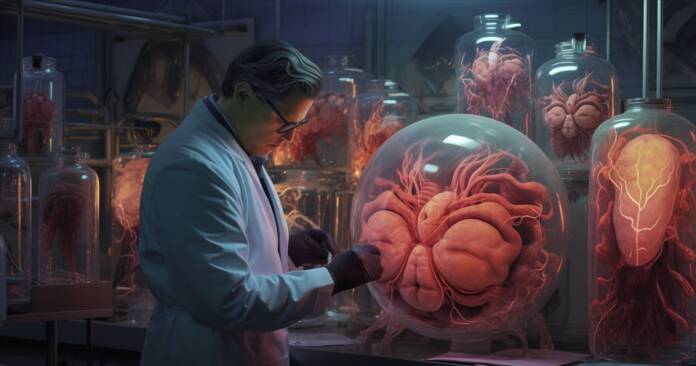The advancement of science and technology has allowed impressive progress in the field of cryopreservation, a process that consists of preserving organs or tissues at extremely low temperatures. Until now, one of the biggest challenges in this field has been the rapid and uniform heating of vitrified tissues.
The discoveries of Professor Bischof
Professor Bischof’s team has focused on this challenge and has been investigating ways to heat vitrified tissue quickly and evenly. They have experimented with multiple approaches, from lasers to heat conducting mesh, but have made significant progress using a powerful magnetic field coupled with iron nanoparticles.
In one demonstration, a rat kidney was injected with a solution of iron nanoparticles suspended in cryoprotectant. Subsequently, this kidney was subjected to a cooling process until it reached –148°C, a state known as vitrification. Vitrified kidneys could be stored for a maximum of 100 days prior to transplantation. To revive these organs, a magnetic field is used to heat the iron nanoparticles, returning the organ’s temperature to normal.
complementary techniques
Other researchers have tried alternative cryopreservation techniques. Marine biologist Mary Hagedorn, for example, has used a fine metal mesh to rapidly transmit temperature, both hot and cold, to the coral larvae.
On the other hand, some have resorted to the natural tactics used by certain animals to survive in extremely low temperatures. An example is the wood frog, which can survive partially frozen at temperatures as low as -16°C.
There have also been successful experiments storing human organs at subzero temperatures using synthetic sugar and Snomax, an ingredient that slows down ice formation. Boris Rubinsky of the University of California, for example, has experimented with higher pressures for supercool organs without damage, limiting the formation of ice.
In addition to their application in medicine, these techniques could have great potential in preserving food without ice damage, thus expanding their scope and utility.
still to be resolved
Despite exciting advances in cryopreservation technology, significant gaps remain between vision and reality. One example was a malfunction during a demonstration at the University of Minnesota (UMN), which highlighted the need for more research and development.
Despite the obstacles, these advances in cryopreservation are vital. They will make it possible to preserve organs for longer, increase the number of viable transplants, and ultimately save lives.
Learn more at Science.org.













